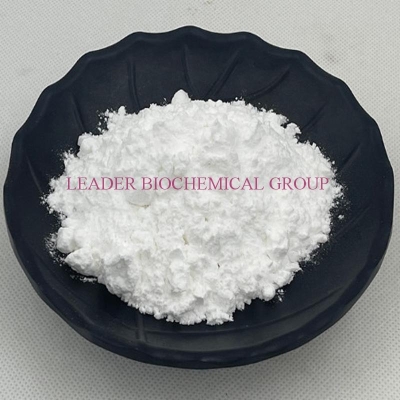-
Categories
-
Pharmaceutical Intermediates
-
Active Pharmaceutical Ingredients
-
Food Additives
- Industrial Coatings
- Agrochemicals
- Dyes and Pigments
- Surfactant
- Flavors and Fragrances
- Chemical Reagents
- Catalyst and Auxiliary
- Natural Products
- Inorganic Chemistry
-
Organic Chemistry
-
Biochemical Engineering
- Analytical Chemistry
-
Cosmetic Ingredient
- Water Treatment Chemical
-
Pharmaceutical Intermediates
Promotion
ECHEMI Mall
Wholesale
Weekly Price
Exhibition
News
-
Trade Service
L-Aspartic acid, calcium salt (2:1) is a widely used chemical compound in the chemical industry, with various applications in the production of drugs, food additives, and other chemical products.
The synthetic routes of L-Aspartic acid, calcium salt (2:1) can be broadly classified into two categories: chemical synthesis and biotechnological synthesis.
Chemical synthesis involves the use of chemical reactions to produce L-Aspartic acid, calcium salt (2:1) from its raw materials.
The most commonly used chemical route for the synthesis of L-Aspartic acid, calcium salt (2:1) is the hydrolysis of N-acetyl-L-aspartamide, which is then followed by a sequence of chemical reactions to form the final product.
The first step in the chemical synthesis of L-Aspartic acid, calcium salt (2:1) is the synthesis of N-acetyl-L-aspartamide, which is an intermediate chemical used in the production of aspartame, a popular artificial sweetener.
N-acetyl-L-aspartamide is synthesized by the reaction of L-aspartic acid with chloroacetyl chloride in the presence of a solvent such as acetone.
The reaction produces N-acetyl-L-aspartamide, which is then hydrolyzed to form L-Aspartic acid, calcium salt (2:1) using calcium hydroxide or other strong bases.
The next step in the chemical synthesis of L-Aspartic acid, calcium salt (2:1) involves the purification of the product to remove any impurities that may have been introduced during the previous steps.
This is typically done using chromatography techniques, such as gel filtration or high-performance liquid chromatography (HPLC).
The final step in the chemical synthesis of L-Aspartic acid, calcium salt (2:1) is the formulation of the product into its final form, which may be in the form of a powder, crystal, or liquid.
The formulation process involves the addition of excipients, such as diluents or stabilizers, to the product to improve its stability and shelf life.
Biotechnological synthesis, on the other hand, involves the use of biological systems, such as microorganisms or enzymes, to produce L-Aspartic acid, calcium salt (2:1).
This method has the advantage of being more environmentally friendly and cost-effective than chemical synthesis.
The biotechnological synthesis of L-Aspartic acid, calcium salt (2:1) typically involves the use of microorganisms such as Escherichia coli or Bacillus subtilis, which are genetically modified to produce the desired product.
The microorganisms are grown in a suitable medium, such as a nutrient broth or a yeast extract, and are then harvested and fermented to produce the desired product.
The fermentation process involves the metabolism of the microorganisms, which convert the raw materials into the desired product.
The product is then extracted from the fermentation broth and purified using chromatography techniques, such as HPLC or gel filtration.
The advantages of biotechnological synthesis of L-Aspartic acid, calcium salt (2:1) include lower production costs, reduced environmental impact, and increased product purity.
Biotechnological synthesis also allows for the production of novel bioproducts, such as enzymes or microbial proteins, which are used in a variety of applications.
In conclusion, L-Aspartic acid, calcium salt (2:1) is a widely used chemical compound in the chemical industry, with various applications in the production of drugs, food additives, and other chemical products.
The synthetic







